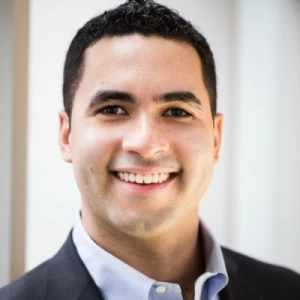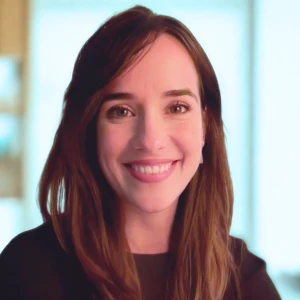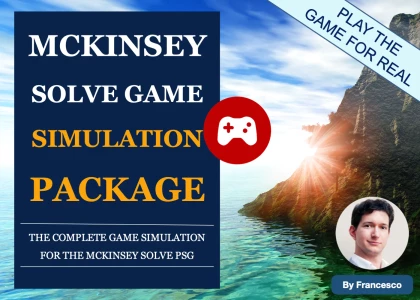I'm interviewing with McK soon and am wondering about the best approach to go through an exhibit. I know that they want you to capture both the basic, obvious trends in the graph but also some next-level/not-so-obvious ones.
My question is:
1) Should you take one minute to read the exhibit for yourself or do you read out the title, axes, etc. out loud?
2) Should you take a moment to structure your thoughts or blurt out directly?
3) Should you try to come with the basic trends or your next-level insight first?
I've heard everything from talk your interviewer through the whole thing to take a moment to structure your top-down communication, but I have no idea what the best approach is.
Thank you in advance!!















